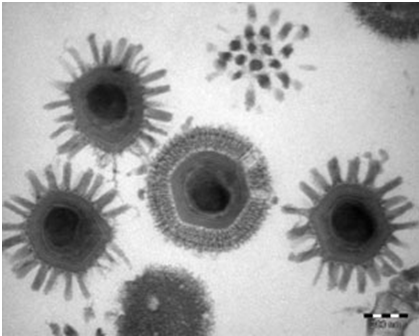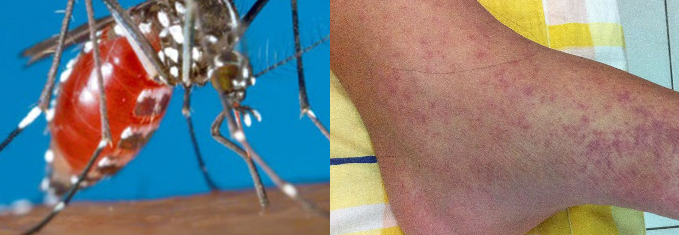Several reasons exist for the inactivation of viruses I either to use them for a useful purpose such as in studying varying properties or to inactivate and attenuate their pathogenicity or virulence so that they do not cause harm to a living host including humans, animals and plants.
Some of the major reasons for inactivating viruses so that they do not become pathogenic are shown below:
- Viruses are inactivated during vaccine production so that inactivated vaccines containing killed vaccines can be produced.
- Viruses are inactivated in order to make some human consumables such as water to be safe for consumption. This is usually applied in water producing industries and water distribution companies to inactivate pathogenic viruses.
- Viruses are inactivated during the disinfection of work benches or surfaces in the laboratory, hospitals and in our homes especially when disinfectants (with putative antiviral action) are used for cleaning dirty surfaces.
- They are also inactivated during the sterilization of hospital equipment, laboratory equipment and other health supplies. Some viruses lose their virulence when they are subjected to high temperature and pressure as that obtainable during the sterilization of heat-stable materials or equipment in the hospital or laboratory.
References
Acheson N.H (2011). Fundamentals of Molecular Virology. Second edition. John Wiley and Sons Limited, West Sussex, United Kingdom.
Alan J. Cann (2005). Principles of Molecular Virology. 4th edition. Elsevier Academic Press, Burlington, MA, USA.
Alberts B, Bray D, Johnson A, Lewis J, Raff M, Roberts K and Walter P (1998). Essential Cell Biology: An Introduction to the Molecular Biology of the Cell. Third edition. Garland Publishing Inc., New York.
Barrett J.T (1998). Microbiology and Immunology Concepts. Philadelphia, PA: Lippincott-Raven Publishers. USA.
Black, J.G. (2008). Microbiology: Principles and Explorations (7th ed.). Hoboken, NJ: J. Wiley & Sons.
Brian W.J Mahy and Mark H.C van Regenmortel (2010). Desk Encyclopedia of Human and Medical Virology. Elsevier Academic Press, San Diego, USA.
Brooks G.F., Butel J.S and Morse S.A (2004). Medical Microbiology, 23rd edition. McGraw Hill Publishers. USA.
Cann A.J (2011). Principles of Molecular Virology. Fifth edition. Academic Press, San Diego, United States.
Carter J and Saunders V (2013). Virology: Principles and Applications. Second edition. Wiley-Blackwell, New Jersey, United States.
Champoux J.J, Neidhardt F.C, Drew W.L and Plorde J.J (2004). Sherris Medical Microbiology: An Introduction to Infectious Diseases. 4th edition. McGraw Hill Companies Inc, USA.
Dimmock N (2015). Introduction to Modern Virology. Seventh edition. Wiley-Blackwell, New Jersey, United States.
Dimmock N.J, Easton A.J and Leppard K.N (2001). Introduction to modern virology. 5th edition. Blackwell Science publishers. Oxford, UK.
Discover more from Microbiology Class
Subscribe to get the latest posts sent to your email.





